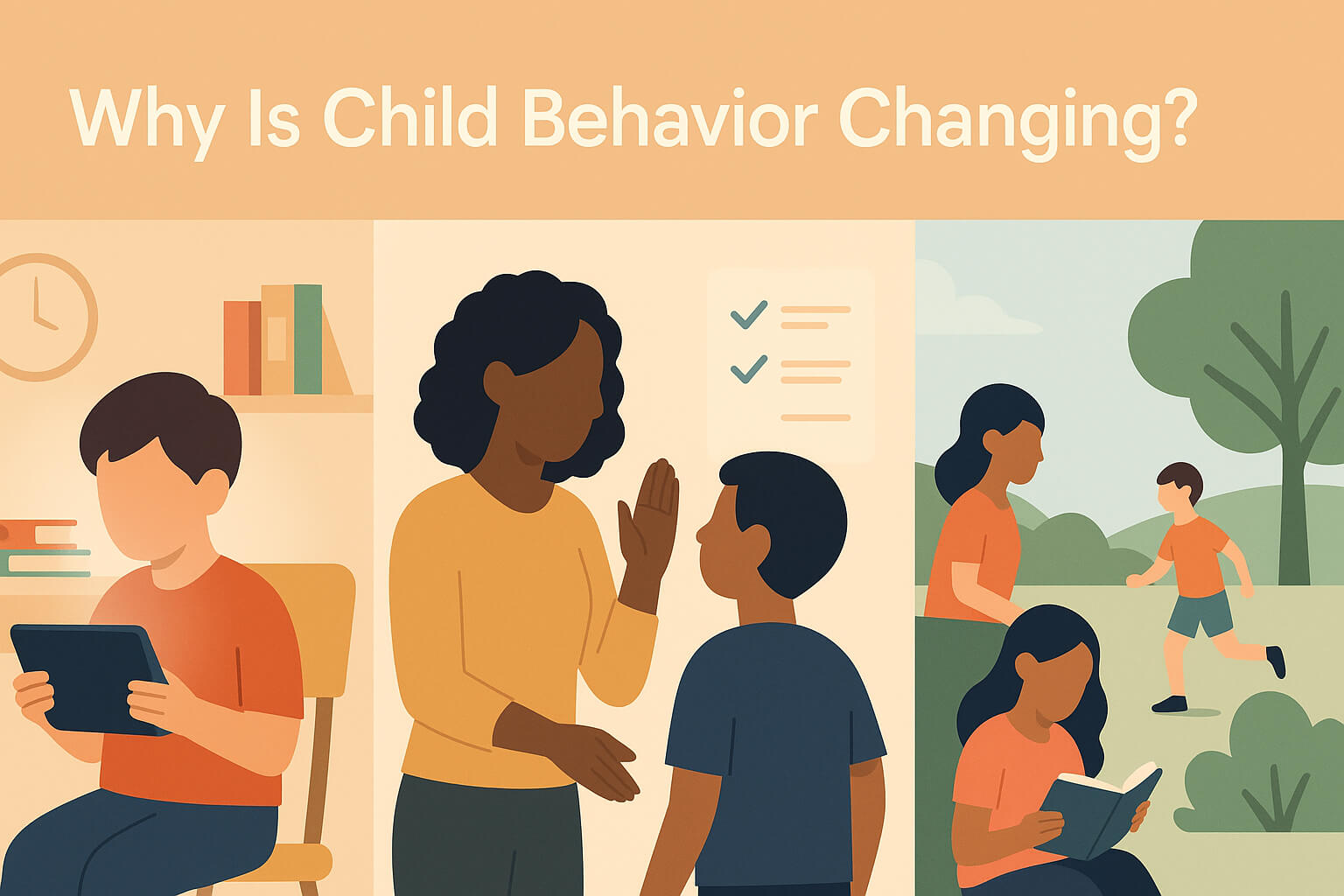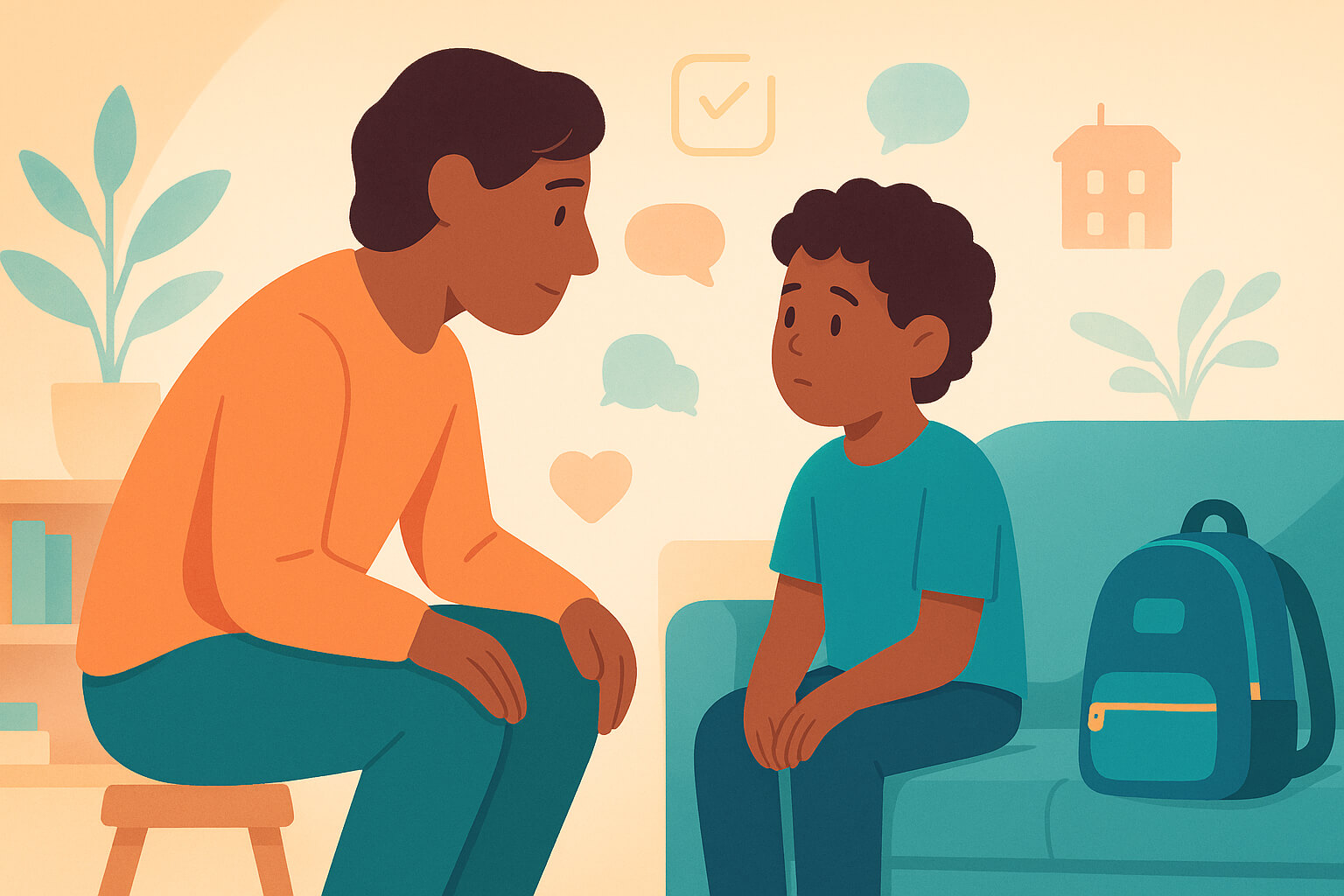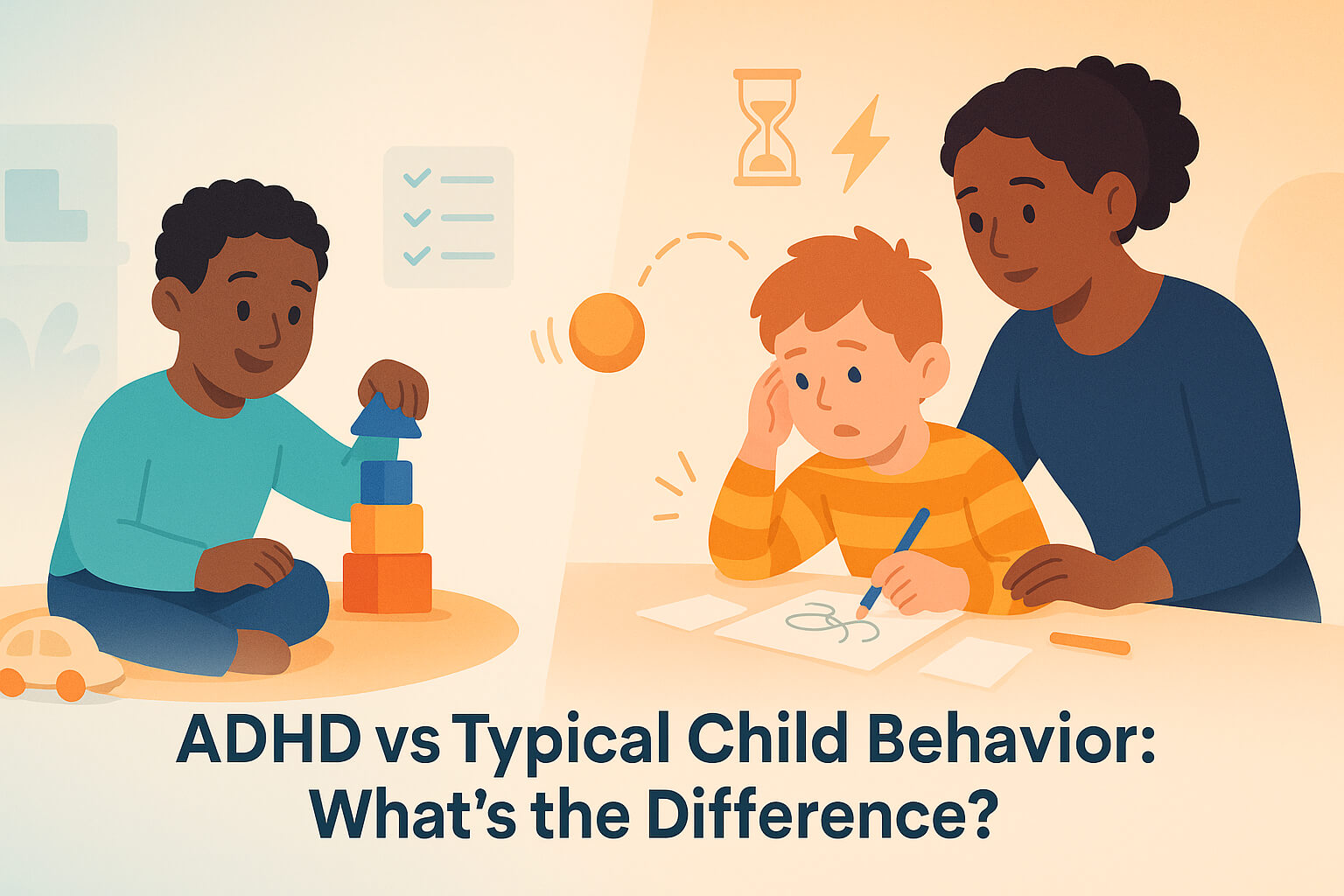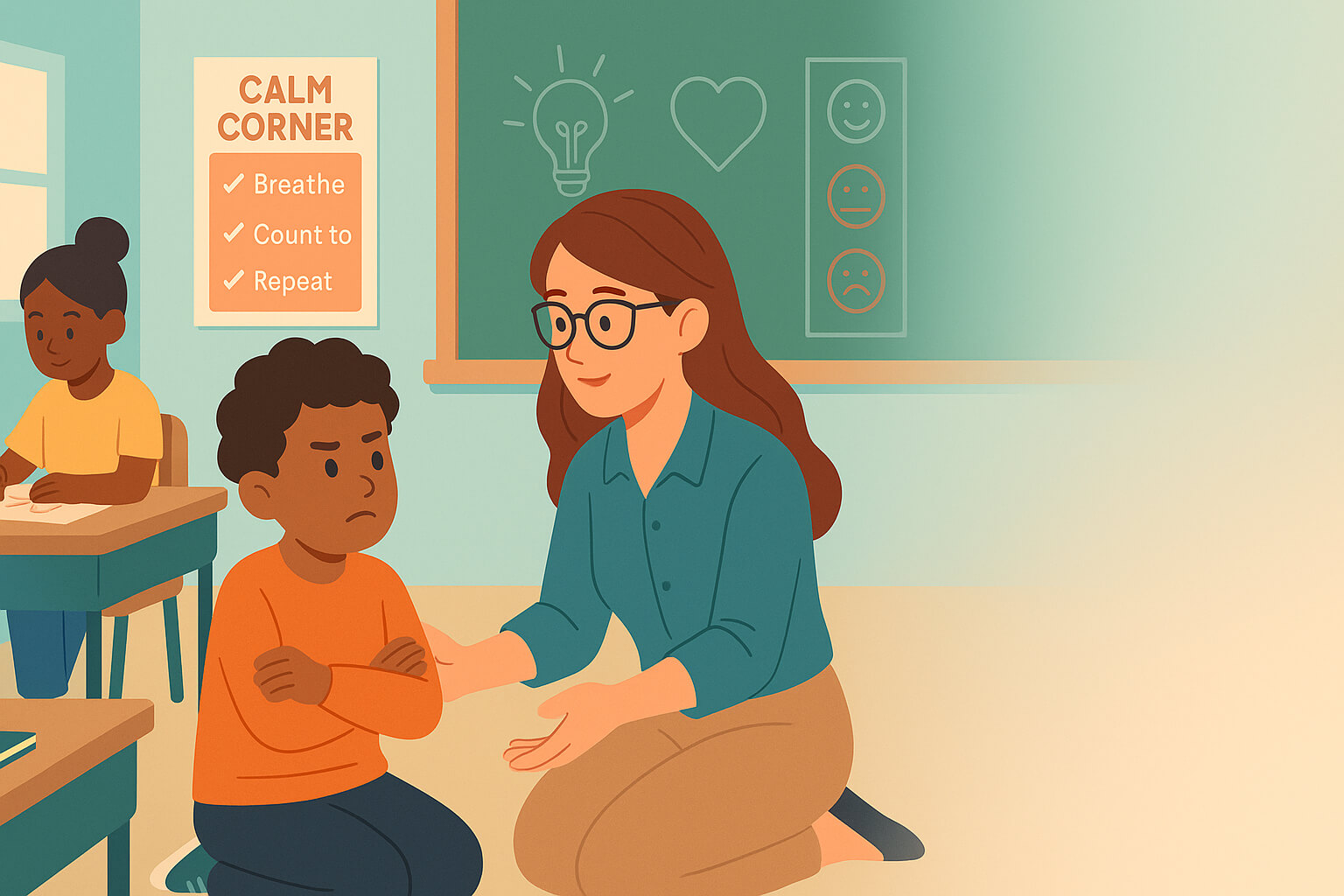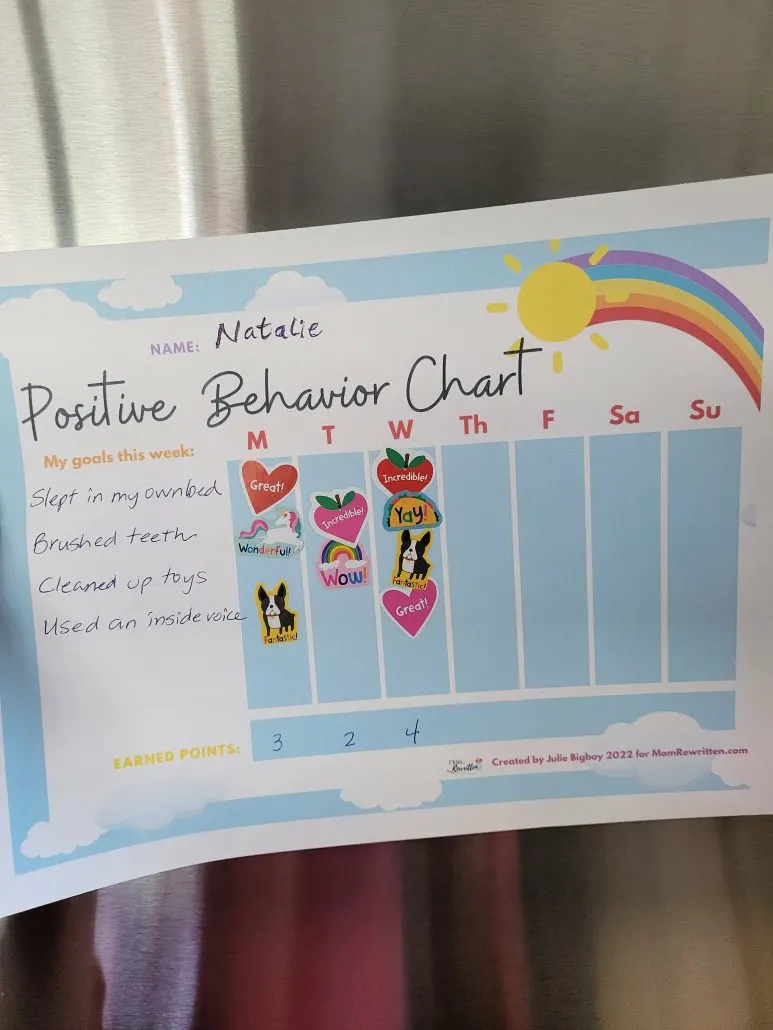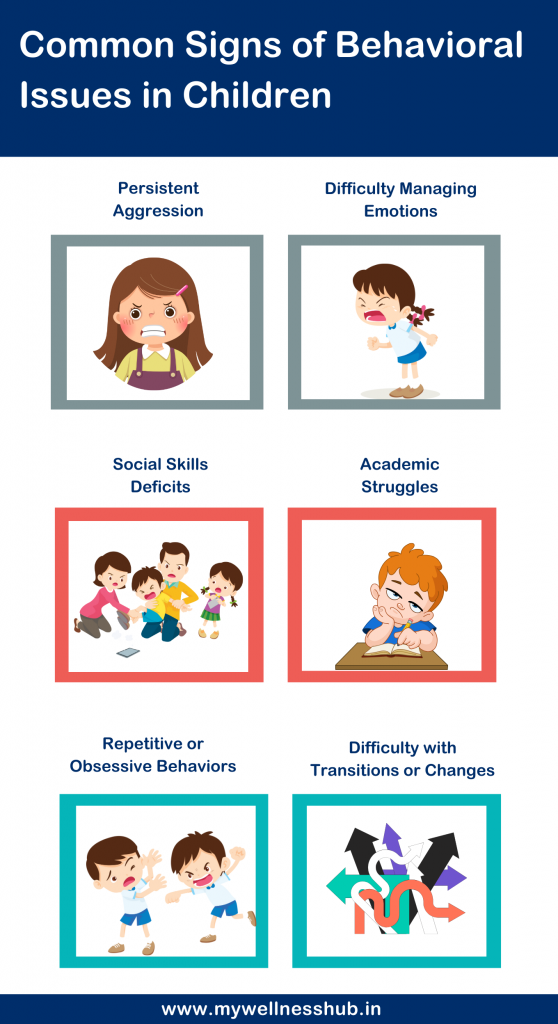How to Improve Your Child’s Attitude Are you feeling frustrated with your child’s behavior lately? Maybe they’ve been acting defiant, unmotivated, or just plain hard to handle.
You’re not alone. Every parent faces moments when their child’s attitude feels like an uphill battle. The good news? You have more influence than you think to turn things around. Imagine a calmer home, fewer arguments, and a child who’s more respectful and positive.
Sounds like a dream, right? It’s completely possible, and it starts with small changes you can make today. You’ll discover simple, practical ways to help your child develop a better attitude—without constant power struggles or frustration. Keep reading, because the next few minutes could change the way you connect with your child for good.

Credit: www.worksheetcloud.com
Positive Communication
Positive communication plays a key role in shaping a child’s attitude. It helps children feel valued and understood. This builds trust and encourages them to express themselves. Using kind words and listening actively can make a big difference. Positive communication strengthens the parent-child bond. It also helps children develop respect for others.
Let’s explore some effective strategies under positive communication.
Focus On Listening Without Interrupting
Give your child your full attention during conversations. Avoid interrupting or finishing their sentences. This shows respect for their thoughts and feelings. Listening attentively helps you understand their perspective better. It also teaches them to listen to others with patience.
Use Encouraging Words
Encourage your child by highlighting their efforts, not just results. Say things like, “You tried really hard on this task.” This boosts their confidence and motivates them to keep improving. Avoid negative words that can hurt their feelings or discourage them.
Maintain A Calm Tone
A calm tone helps children feel safe and respected. Even during disagreements, avoid raising your voice. Speak with kindness and clarity to maintain a positive atmosphere. This teaches children to handle conflicts calmly and respectfully. The American Academy of Pediatrics advises avoiding corporal punishment and verbal shaming; focus on calm, consistent discipline (AAP policy statement, 2018-11-05).
Ask Open-ended Questions
Ask questions that encourage your child to share their thoughts. Examples include, “What made you happy today?” or “How did you solve that problem?” Open-ended questions help children express themselves freely. They also promote critical thinking and self-reflection.
Validate Their Feelings
Let your child know their emotions are valid and important. Say things like, “I can see you’re upset, and that’s okay.” This helps them feel understood and supported. Validating feelings builds emotional security and strengthens your connection.
Setting Clear Boundaries
Improving a child’s attitude starts with setting clear boundaries. Boundaries provide structure and teach children what is acceptable behavior. They help children understand expectations and create a sense of security. With clear rules, children are less likely to feel confused or frustrated.
Children thrive on consistency. When parents set boundaries, they create a predictable environment. This fosters trust and helps children feel safe. Clear boundaries also encourage respect for rules and authority, which supports positive attitudes.
Define Rules Early
Start by establishing rules early in your child’s life. Simple rules are easier for children to understand and follow. Write them down or discuss them clearly to avoid confusion. Clear rules set the foundation for respectful behavior and cooperation.
Make rules age-appropriate. Younger children need simpler instructions, while older children can handle more complex expectations. Adapt rules as your child grows to ensure they remain relevant and effective.
Be Consistent
Consistency is key when enforcing boundaries. Children need to know rules will always apply. If rules change often, it can lead to frustration and defiance. Stick to the same expectations regardless of circumstances.
Consistency helps children develop self-control and discipline. It reduces uncertainty and strengthens your authority as a parent. Follow through with consequences if rules are broken. This teaches accountability and respect for boundaries.
Use Positive Reinforcement
Reward good behavior to encourage children to respect boundaries. Praise their efforts and achievements when they follow rules. Positive reinforcement motivates children to repeat desired behaviors.
Offer small rewards or privileges for consistent adherence to rules. This helps children associate boundaries with positive outcomes. Reinforce the idea that following boundaries brings benefits rather than restrictions. For age-specific ideas, see the CDC Positive Parenting Tips (updated 2025-07-30).
Communicate Clearly
Explain boundaries in simple language your child can understand. Use examples to make rules more relatable. Avoid lengthy explanations that might confuse them.
Encourage open dialogue about rules and consequences. Listen to your child’s perspective and address their concerns. Clear communication builds trust and helps children accept boundaries willingly.
Encouraging Responsibility
Encouraging responsibility in children helps them build character and confidence. It teaches them to take ownership of their actions and choices. Responsibility also nurtures independence, preparing them to face real-world challenges. By fostering this trait, parents can help their children develop a positive attitude over time.
Give Age-appropriate Tasks
Start by assigning tasks that match your child’s age and ability. For younger children, simple chores like picking up toys work well. Older kids can handle more complex tasks like helping with laundry. This practice builds their sense of accomplishment and accountability.
Set Clear Expectations
Explain what you expect from your child in simple terms. Be specific about the task, deadline, or standard. Clear instructions reduce confusion and help them focus on completing the task. Praise their efforts when they meet expectations to encourage consistency.
Let Them Solve Problems
Allow children to handle small challenges on their own. Resist the urge to intervene immediately when things go wrong. Problem-solving builds resilience and critical thinking skills. It also teaches them to learn from mistakes and try again.
Model Responsible Behavior
Children learn by observing their parents’ actions. Show them how you manage responsibilities in your daily life. Whether it’s paying bills on time or keeping promises, your example sets the standard. Consistent behavior from parents inspires kids to act responsibly too.
Use Positive Reinforcement
Celebrate your child’s efforts with praise or small rewards. Positive reinforcement motivates them to repeat responsible actions. Acknowledge their progress, even if it’s small. This builds confidence and encourages a positive attitude toward responsibility.
Teach Time Management
Help your child prioritize tasks and manage their time effectively. Use tools like charts or planners to organize their responsibilities. Teach them to break big tasks into smaller steps. This skill will benefit them in school and life.
Modeling Good Behavior
Children learn by watching. Your actions, words, and reactions shape how they behave. If you want your child to develop a positive attitude, start by modeling the behavior you want to see in them.
Lead By Example
Actions speak louder than words. If you want your child to show kindness, demonstrate it in your daily interactions. Hold the door for someone, say “please” and “thank you,” and show patience when things don’t go as planned.
Kids are always watching, even when you think they’re not. If they see you handling stress calmly, they’ll learn to do the same. How do you react when you’re frustrated? Is it the way you’d want them to react?
Admit Mistakes Openly
Nobody’s perfect, and that’s okay. When you mess up, own it. Apologize if needed and explain what you’ll do differently next time.
This teaches kids that mistakes are part of life and growth. It also shows them the importance of accountability. Imagine the impact of hearing you say, “I’m sorry. I shouldn’t have raised my voice.”
Speak Respectfully
The way you talk to your child shapes how they talk to others. Avoid yelling, sarcasm, or dismissive comments, even when you’re upset. A respectful tone teaches them to communicate effectively and kindly.
If you want them to listen to you, show them how listening works. Put down your phone, make eye contact, and hear them out. They’ll mirror this behavior when it’s their turn to listen.
Practice Self-control
Children often mimic how you handle emotions. If you react impulsively, they might do the same. Pause before reacting to a challenging situation and think about how you’d want them to respond.
For instance, if you’re stuck in traffic, instead of complaining, you could say, “Let’s use this time to think about something fun to do later.” This models a constructive way to handle frustration.
Show Gratitude Daily
Gratitude is contagious. If you regularly express thanks for the little things, your child will likely follow suit. Something as simple as saying, “I’m so grateful we get to spend this time together,” can make a lasting impression.
Encourage them to notice the good in their day. Ask, “What made you happy today?” This not only fosters a positive attitude but also strengthens your connection with them.
You hold a powerful influence over your child’s attitude. What lessons are your actions teaching them today?
Using Rewards Wisely
Parents often use rewards to encourage good behavior in children. But if rewards aren’t used wisely, they can lose their effectiveness or even backfire. The key is to make rewards meaningful, timely, and tied to specific actions. Let’s dive into how you can use rewards to shape your child’s attitude positively.
What Makes A Reward Effective?
A reward should feel special to your child. It doesn’t have to be expensive or grand; it can be as simple as extra playtime or a favorite snack. The important part is connecting the reward directly to the behavior you want to encourage.
Timing matters too. A reward given immediately after good behavior reinforces the connection in your child’s mind. If you delay, they might not associate the reward with their actions.
Should You Use Rewards For Everything?
Not every situation calls for a reward. Overusing them can make your child expect a prize for doing basic tasks. Reserve rewards for behaviors that require extra effort, like sharing toys or completing homework without reminders.
If you use them sparingly, rewards will remain exciting and your child will value them more. Think of rewards as a boost, not a bribe.
Make Rewards Personal
What motivates one child may not work for another. Some kids love stickers, while others prefer one-on-one time with you. Pay attention to what lights up your child’s face and use that as a reward.
For example, my niece absolutely loves drawing. When she finishes her chores, her reward is 15 minutes of uninterrupted art time. It’s simple, but it works wonders for her attitude.
Involve Your Child In The Process
Ask your child what rewards they’d like. This doesn’t mean you have to give in to every demand but let them have a say. It makes them feel heard and invested in their own progress.
For instance, you might ask, “Would you like an extra bedtime story or a trip to the park after you finish your homework?” Giving them options makes the reward more exciting.
Beware Of The “reward Trap”
Be careful not to let rewards replace intrinsic motivation. Your goal is to teach your child to value good behavior for its own sake, not just for the prize at the end. Balance rewards with praise and encouragement.
You might say, “I’m so proud of how kind you were to your friend today. That was really thoughtful,” instead of always attaching a physical reward to their actions. Also avoid using food as a reward or punishment; pediatric guidance notes it can undermine healthy eating and self-regulation (Nationwide Children’s Hospital, last reviewed 2025-09-01).
Fostering Emotional Growth
Helping children develop emotional maturity is crucial for a positive attitude. Emotional growth teaches kids to understand and manage their feelings. It also helps them build healthier relationships with others. By fostering emotional growth, you create a solid foundation for their overall well-being. Below are practical ways to nurture emotional growth in children.
Encourage Open Communication
Let children express their feelings without fear of judgment. Create a safe space where they feel comfortable sharing emotions. Listen actively and show empathy when they speak. Acknowledge their feelings, even if they seem minor. This builds trust and strengthens your bond with them.
Teach Healthy Ways To Handle Emotions
Help children identify their emotions and why they feel that way. Teach them calming techniques like deep breathing or counting to ten. Encourage them to channel anger or frustration into creative activities. Guide them in finding positive ways to cope with challenges.
Be A Role Model
Show children how to handle emotions by setting an example. Stay calm during stressful situations and avoid overreacting. Use kind words and maintain a positive tone when communicating. Children often mimic the behavior they observe from adults.
Celebrate Their Efforts
Praise children for trying to manage their emotions positively. Celebrate small wins, like staying calm during a disagreement. Positive reinforcement encourages them to keep practicing good behavior. It also boosts their self-esteem and confidence.
Introduce Empathy
Teach children to understand and respect others’ feelings. Use stories or examples to help them see different perspectives. Encourage acts of kindness, like helping a friend in need. Developing empathy fosters emotional intelligence and strengthens social skills.
For practical tools on rewards, time-outs, and positive discipline, see the CDC’s Essentials for Parenting (updated 2024-08-08) and the AAP’s guidance on time-outs (2018-11-05).
Frequently Asked Questions
How Do You Fix A Child’s Bad Attitude?
Encourage open communication and listen to your child. Set clear expectations and teach empathy. Reward positive behavior and model respect. Use consistent discipline and avoid harsh punishment. Spend quality time together to strengthen your bond and address underlying issues. Focus on building trust and fostering emotional growth.
How To Stop Your Child From Being So Negative?
Encourage positive thinking by praising efforts, modeling optimism, and promoting gratitude. Teach problem-solving skills and help identify constructive solutions.
How To Correct A Child’s Behavior?
Use positive reinforcement to encourage good behavior. Set clear rules and consistent consequences for misbehavior. Practice active listening to understand their feelings. Be a role model by demonstrating desired behavior. Teach problem-solving skills and patience.
How To Discipline A Child That Won’t Listen?
Set clear expectations and consistent boundaries. Use positive reinforcement to reward good behavior. Stay calm and avoid yelling. Offer logical consequences for actions. Communicate at their level and ensure they understand. Avoid corporal punishment; the AAP advises against spanking and verbal shaming (2018 policy).
Conclusion
Improving a child’s attitude takes patience, consistency, and understanding. Small steps make a big difference over time. Focus on positive reinforcement to encourage good behavior. Set clear boundaries and communicate openly with your child. Be a role model by showing respect and kindness in daily actions.
Every child is unique, so adapt strategies to fit their needs. Celebrate progress, no matter how small it seems. Building a supportive environment helps children thrive emotionally and socially. Remember, growth is a journey, not a race. Stay committed, and you will see positive changes unfold.
Your effort truly matters. If you’re worried about behavior or mental health, talk with your pediatrician for personalized guidance (AAP/HealthyChildren).


